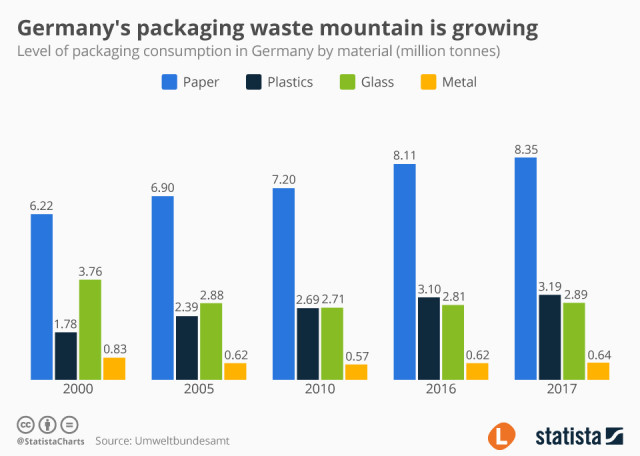Designer and expensive items are set to be the hardest hit as the recession starts to make an impact in stores.
Sales of clothing will fall by 5 percent in the full month of December in comparison with the corresponding month of 2007, according to projections from sector organization Svensk Handel Stil.
It is hoped that the two days wedged between the weekend and public holidays at the beginning of Christmas week will help to boost Christmas sales and Stockholm department store NK reported a full house as the Christmas holiday approached.
“The first part of December was below expectations and we are counting on December coming off worse than December last year,” said Camilla Wallander, head of marketing at the store.
“But in recent days we have been full in the department store.”
The period after Christmas is more difficult to difficult to call, according to Mikael Sandström at Svensk Handel Stil, as he expects more people to elect to work instead of go out shopping in the sales.
“But overall trading between December 22nd and 31st will be better than last year,” said an upbeat Sandström.
“We are forecasting unchanged sales for clothing and shoes next year, but it is usually the case that the more expensive brands suffer most in a recession.”
“Customers usually look for cheaper alternatives in downturns,” said Sandström, who was keen to bring a little perspective.
“Over a couple of years in the middle of the 1990s, 600 clothing stores went bankrupt. I don’t think it will be that bad this time around,” he said.
With interest rates and taxes on their way down next year would most likely see an improvement in the finances of many of Sweden’s households, Sandström argued.




 Please whitelist us to continue reading.
Please whitelist us to continue reading.